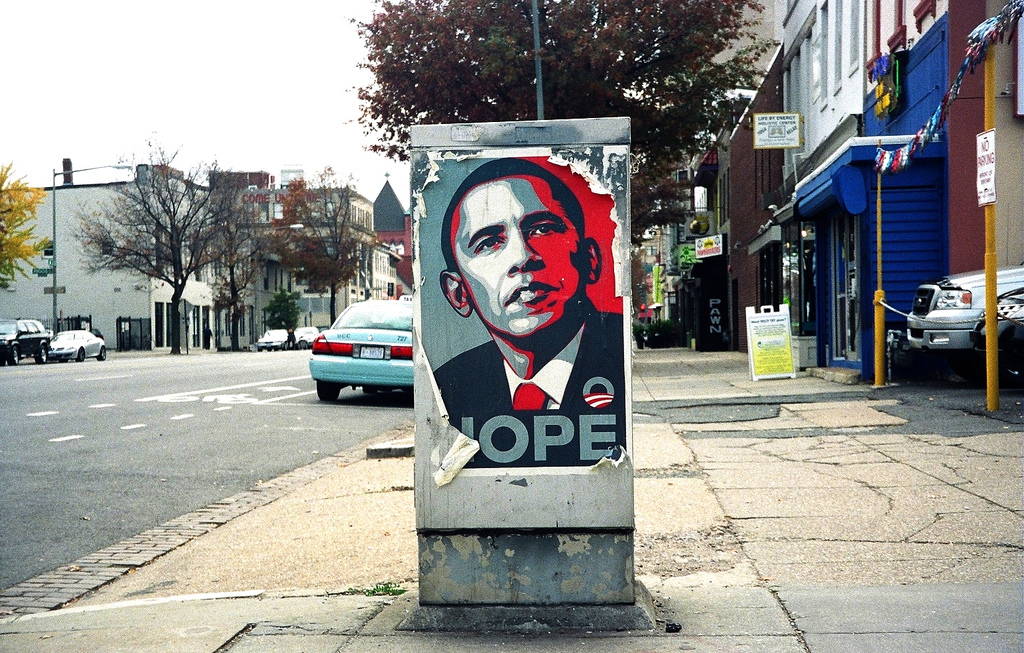
It’s been a terrible week for the black community and the country in general, with the police killings of Alton Sterling in Baton Rouge and Philando Castile in Minneapolis. A week capped off when snipers shot 12 police officers, killing five, during an otherwise peaceful Black Lives Matter protest in Dallas last night.
There are lots of things going on here, but this is Exposed DC, so let’s talk about cameras. Black people didn’t just start getting shot by police during routine traffic stops this week, or last year. What’s changed is that the public has the ability to make a record of it, to give the deceased a last word in what happened to them. It was back in 1991, when bystanders took video footage of Rodney King being beaten by the Los Angeles police that showed the power that the public’s access to cameras can have. As the Washington Post writes, “it was no coincidence” that Alton Sterling’s shooting was filmed. A group called Stop the Killing has been listening to police scanners for potentially violent interactions and rushing to the scene with cameras in hand. How big would the news of Sterling’s death had been if it had happened in a parking lot empty except for Sterling and the officers? Would you know his name? Diamond Reynolds had to make the agonizing decision to grab her cell phone and start recording on Facebook Live while her boyfriend bled out in the driver’s seat and her daughter watched. She had to, or she knew Castile’s side would not be heard.
Here in the nation’s capital, where federal buildings loom on every corner, photographers are hassled unjustly all the time. We have always advocated that photographers know and speak up for their rights, and it’s not because we need another cool shot of the Washington Monument. It’s because this, this ability to bear witness, is the end-product of what these rights are for.
Photographers: know your rights, and what to do when you’re stopped by police. Speak up when authorities prevent you from filming anyway. Do not vote for legislators who would take this right away from you. Advocate for police cameras. Keep reminding authorities that police cams are good for police too, if their interest is in defending officers who do good work and appropriately disciplining those who don’t. Here’s a U.S. map that shows what laws curbing police violence, including police cams, have been proposed or enacted in your area. D.C. recently implemented one of the best police cam programs in the country. How can we do better? Read Aura Bogado on access to smartphones and media justice. Here are some apps you can use that will restore photos if police make you delete them.
We can do so much to end this. Bearing witness is just the start.
Finally, let’s get to some Friday Links about what else is happening in photography this week.
- Serenity now: Hear a talk by local photographer Stephen Voss at the Japanese Information and Cultural Center about his images of bonsai trees, along with Jack Sustic, the chief curator of the National Bonsai & Penjing Museum, who will be doing a live demonstration. Free, but RSVP.
- Mark your calendar for some July photography events at the National Museum for Women in the Arts. On Saturday, July 16, learn how to be quick and creative with your smartphone camera at this workshop, for $25. On July 27, join an artist discussion with Tanya Habjouqa about her work featured in the ongoing exhibit, She Who Tells a Story: Women Photographers from Iran and the Arab World, $25.
- Go see an exhibit by the homeless photographers who work for Street Sense at Hillyer Art Space next Tuesday, July 12, 6:30pm. Free but RSVP here.
- Next time you pass through the NoMa-Galludet station, stop to view photographs taken by Kevin Sutherland, the 24-year-old stabbed to death on the red line last year.
- Instagram has become a safe space for people embracing diets and other food-restrictive lifestyles.
- Parched land. Farmer suicides. Forced migration. Photojournalist Vivek Singh on the drought that’s crippling rural India.
- Mosha and Motola are fitted for new prosthetic legs at the Asian Elephant Foundation hospital in Thailand.